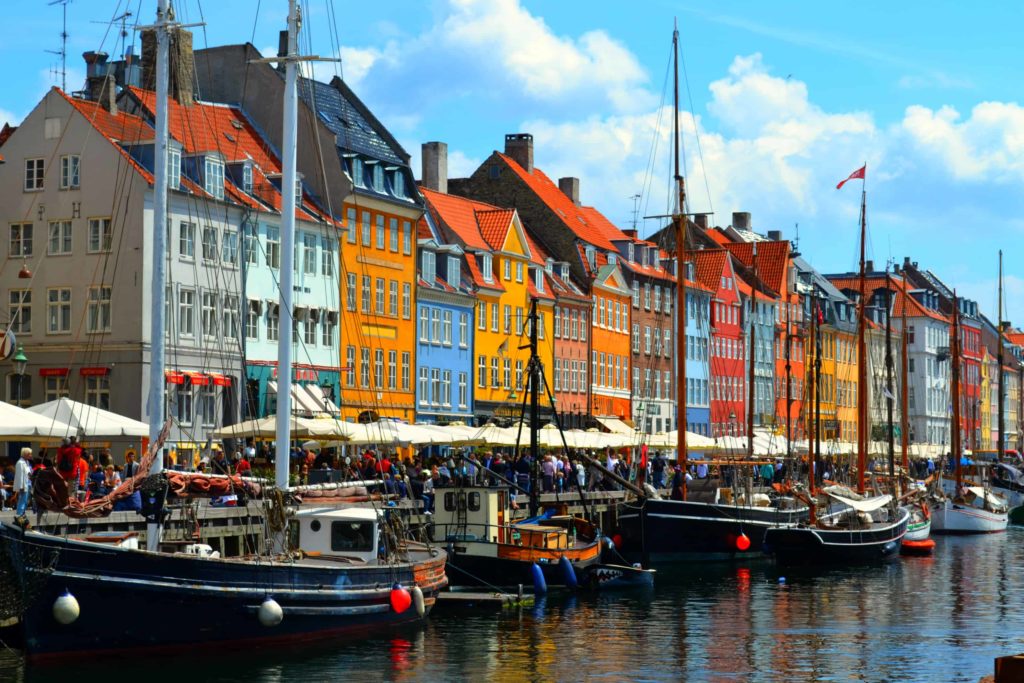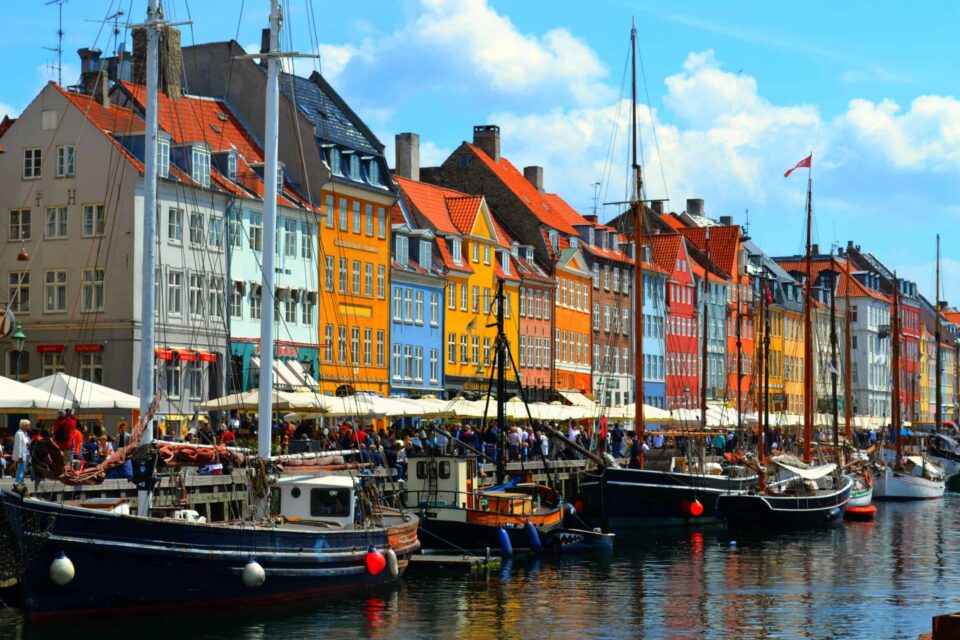
Denmark, famed for its regular spot near the top of the annual World Happiness Report, is to open a museum about feeling good.
Why is it that the Nordic countries often top the World Happiness Reports? How has the perception of the good life evolved over time? And can you actually measure happiness?
Visitors can look for the answers to these questions when the world’s first happiness museum opens in Denmark, which took second place behind Finland in the most recent edition of the report.
Thinktank Happiness Research Institute (Institut for Lykkeforskning) is behind the Happiness Museum, which is scheduled to open on Copenhagen’s Admiralgade in May. Entry will cost 95 kroner for adults and 65 kroner for children and seniors.
The museum is led by Meik Wiking, CEO of the Happiness Research Institute and author of a string of volumes on Danish happiness culture including the bestselling The Little Book of Hygge: Danish Secrets to Happy Living. The museum is fully financed by Happiness Research Institute.
“The United Nations has put happiness on the agenda with the World Happiness Report, where Denmark consistently ranks in the top of the happiest countries,” Wiking said in written comments provided to The Local.
“At the Happiness Research Institute we receive many requests for visits – as people imagine the office to be a magical place full of puppies and ice-cream. Sadly, we sit in front of computers and look at data and evidence – but we thought ‘let’s create a museum where we can bring the science of happiness to life’,” he added.
In the small museum, visitors will gain insight in the history of happiness, the politics of happiness, the anatomy of smiles and why the Nordic countries are considered happiness superpowers.
The museum is interactive and visitors will take part in small exercises involving light and chocolate, as well as thought experiments, including: Would you take the red pill or the blue pill in the Matrix, being put in a machine that gives you the illusion of living your perfect life – or would you prefer to live in the real world?
Exhibits also include artefacts of happiness donated by people from around the world which remind them of their happiest moments.
“We might be Danish and British – but we are first and foremost people,” Wiking said.
“I hope visitors will see how alike we are when it comes to happiness – that our guests exit the museum wiser, happier and a little more motivated to make the world a better place,” he added.
Source: thelocal.dk



